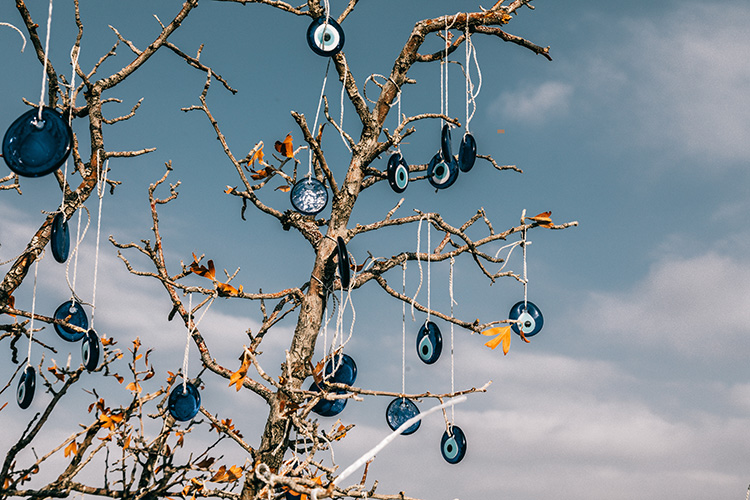Blue eyes decorated around white circles with orbs are piled up in today’s markets. If you haven’t already figured, we are talking about the oldest symbol to banish spirits and avert destructive glances, or what we call Nazar: The evil eye.
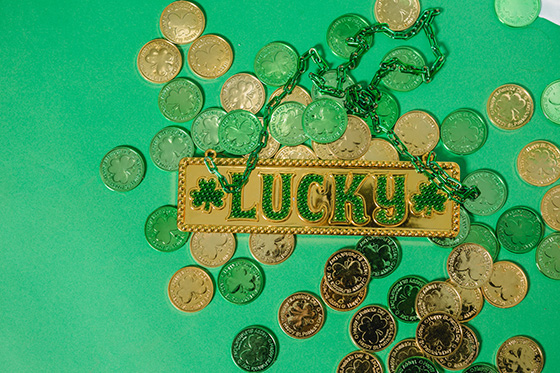
People have been turning to talismans, amulets, signals, symbols, and various layers of magic as a shortcut to a better future, and bringing good fortune for thousands of years now. Moreover, these symbols are not just confined to a single culture, they are spread across continents and in each country and culture, people have their own ways of seeking solace in times of uncertainty.
Luck and superstition are embedded in our cultures. In times of trouble or before starting something new, we look for signals that assure us that better days are coming. And well, who doesn’t want a little luck on their side?
We have compiled good luck charms from all across the world that are worth keeping in your house. Because we always want luck to be with you!
1.) Maneki Nekos
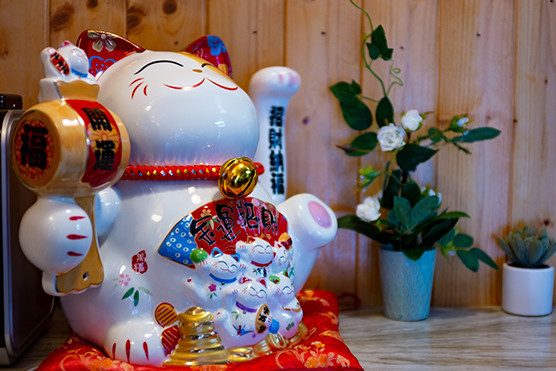
Culture of origin: Japan
Meaning: You probably have seen the smiling white cat that waves at you. It’s called a Maneki Neko. The cat is used as a Japanese symbol of hope and fortune. Each of the colours on the cat has different meanings: white means prosperity, gold means wealth, and black is used to ward off evil. The waving paw also determines fortune: the left paw symbolizes prosperity while the right one brings good luck.
Where to place: You should place the cat at the entrance of your house or in front of your shop or store to attract prosperity and wealth.
2.) Easter Eggs
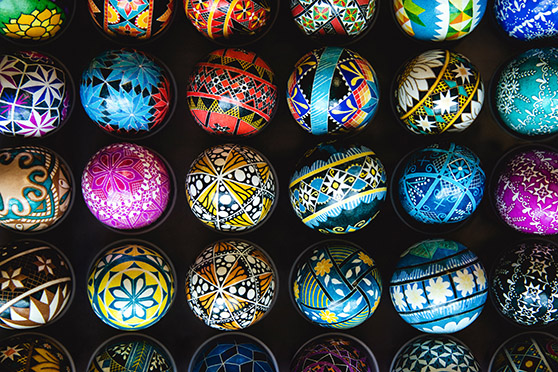
Culture of Origin: Ukraine
Meaning: Easter eggs in Ukraine are known as pysanky. And no, they are not your usual-sized eggs dipped in food colouring. These eggs are quite big and are dipped in special dyes and melted beeswax to create beautifully crafted geometric patterns. They are kept as a sign of good luck, happiness, and fertility. Most of these eggs are painted red, orange, blue, and pink and are inscribed with Christian symbols like a cross or a fish.
Where to place: you can place the Pysanky anywhere in your home, or place under a plant or even gift it.
3.) Hamsa
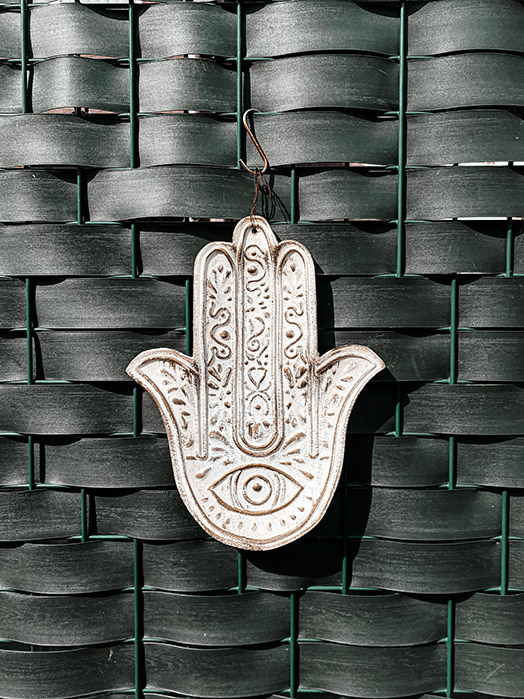
Culture of Origin: Israel
Meaning: The hamsa is Israel’s version of an evil eye. It is used by both Muslims and Jewish people to protect themselves from misfortune. They are in the shape of amulets with thumbs on both sides and are blue in colour with symbols like the fish, eyes, or the Star of David ingrained in the amulet. The word “hamsa” means number five in Hebrew and symbolizes the five books of the Torah, in Jewish. In Islam, the five fingers are associated with the Five Pillars of Islam. This thousand-year-old charm is used to bring in good energy and prosperity.
Where to place: you can hang these amulets anywhere in the house.
4.) Laughing Buddha
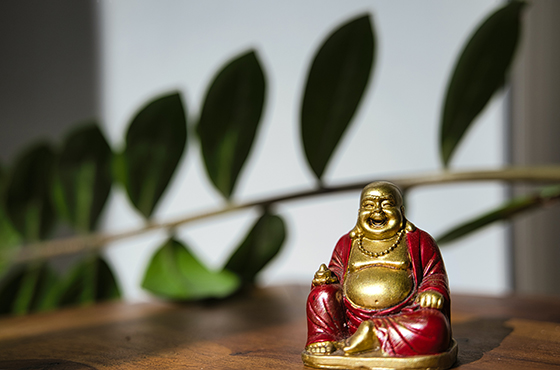
Culture of origin: Thailand
Meaning: As the name suggests, the laughing Buddha symbolizes happiness and abundance. The laughing Buddha bears a huge belly and five children surrounding him o a cloth bag. Many people believe that the luck of the laughing Buddha is only effective if you rub his stomach daily. The bag he carries and the way he sits determine what kind of fortune he brings to people.
Where to place: The most ideal place for a laughing buddha at home is the southeast direction. This could be in the living room, the hall area, the dining area, or even the bedroom.
5.) Daruma Dolls
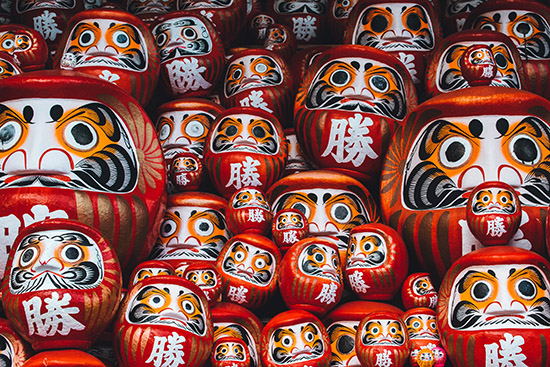
Culture of Origin: Japanese
Meaning: Daruma dolls, are seen as a sign of good fortune and future riches. These dolls are also a reminder of self-sufficiency, attention, and discipline in Japanese culture. It is painted in vibrant colours and wears a red robe. Red is often connected with good fortune, riches, and success in East Asian countries. Apart from red, you can find colours, like blues, greens, whites, and gold. The doll’s face is designed with symbols of two mythical Japanese animals: the crane and the turtle. The crane is associated with good fortune and health. And turtles, provide protection.
Where to place: you can place the doll anywhere, but before you make a wish that you want to fulfil you have to fill in the left eye of the Daruma while concentrating on your wish. Once your wish comes true paint the right eye. This is the traditional way to use dolls.
6.) Conch Shells
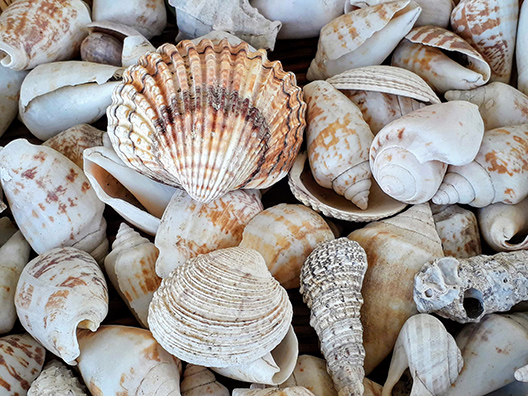
Culture of Origin: India
Meaning: India has several symbols used for good luck and fortune and conch shells are one of them. In Hinduism, conch shells are considered a symbol of eternity. The sound of the shells is said to create positive vibrations in the house. It is also considered a symbol of good luck as per feng shui.
Where to place: Conch shells are usually placed in temples or places of worship inside your homes.


